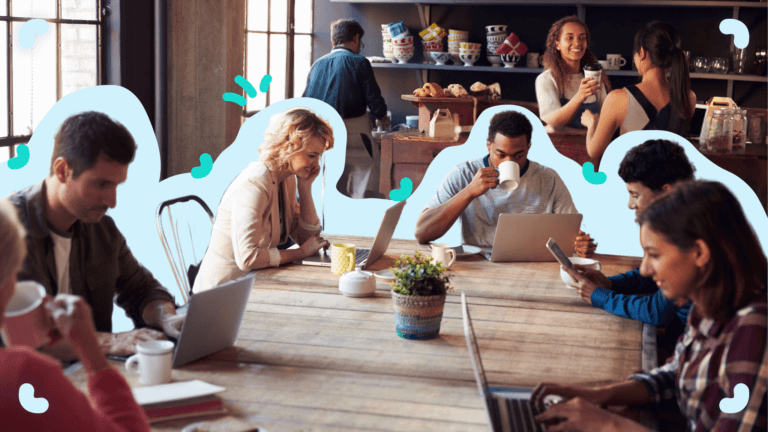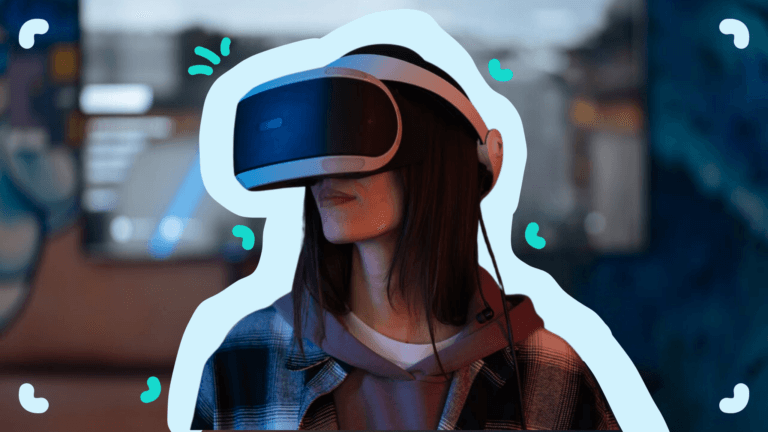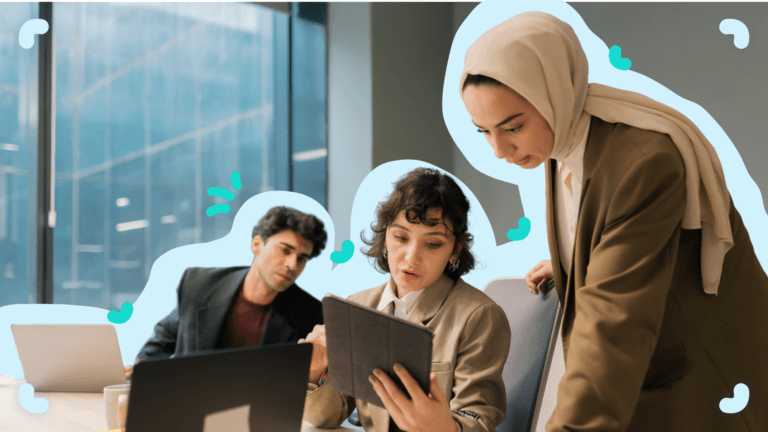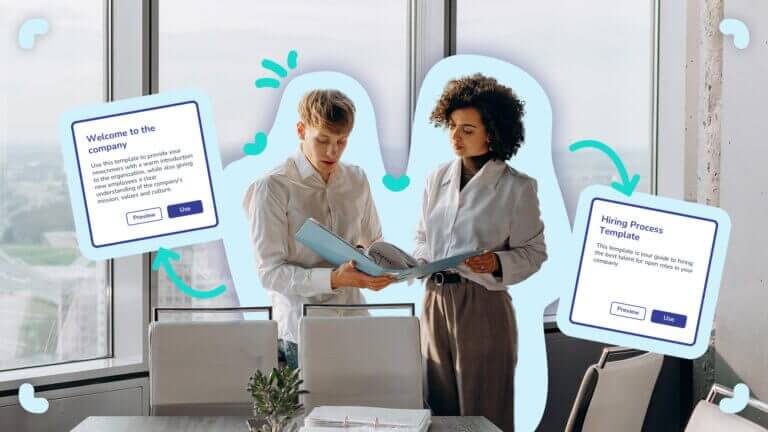The benefit of employee training cannot be denied. And there aren’t many who do it better than The Hilton!
With a workforce spanning nearly 420,000 people across 114 countries, it’s impossible to imagine how Hilton manages to maintain its world-renowned customer service!
The Canopy by Hilton Portland Waterfront is a franchised Hilton property owned and managed by 🏨Fathom properties.
We spoke to GM Ginny Petrovek to find out the secret to their employee onboarding and to find out how to develop the perfect training manual.
Why Hilton Ranks #2 for best place to work?
Hilton has been named one of the World’s Best Workplaces by Fortune magazine and Great Place to Work. For the second consecutive year, Hilton has ranked #2 on the list of the top 25 companies and remains the only hospitality company on the list.
Over the past four years, Hilton has been ranked as the best place to work more than 100 times by the Great Place to Work Institute, including the #1 Best Company to Work for in the U.S., Saudi Arabia, Italy, Turkey, and for Women (U.S.) in this year alone.
“During our milestone 100th year of hospitality, it’s an honor to be once again recognized as the #2 Best Workplace in the World and remain the only hospitality company on the list,” said Chris Nassetta, President and CEO of Hilton.
The culture at Hilton remains its key pillar to success.
But how do you roll it out across almost half a million people?
Employee training at it's best with Hilton University
With over 300,000 Team Members across corporate offices and hotels in 91 countries, training by the Hilton is a monumental effort.
Hilton University (HWU) provides more than 5,000,000 hours of training each year through over 2,500 courses delivered in a wide variety of training formats, including classroom training, eLearning, webinars, e-books, live and taped programs, recommendations for on-the-job learning experiences, social learning, and more.
There’s everything from the expected computer training, which is necessary for everyone, to safety training and, yes, even bed-bug training.
What is employee onboarding like at The Hilton?
Whilst the Canopy by Hilton Portland Waterfront is just one of the thousands of Hilton properties, we wanted to catch a glimpse into the daily life of the hotel and what it’s like to onboard new team members.
The boutique hotel celebrated their first anniversary after having newly opened in 2021. Ginny and her team have a tall order to keep to keep standards high and guests 100! satisfied.
A highly talented leader with exceptional dedication to customer service, Ginny has a contagious inclination toward excellence and, in her words, “being the best we can be.”
Ginny’s experience includes three hotel openings, giving her valuable skills in both team development and guest satisfaction. Given her experience, we chatted to Ginny about the secrets of employee onboarding success.
Why you need an employee training manual?
You’re not the Hilton, so why would you need an employee training manual?
Apart from the fact that it helps in onboarding new employees, having a great employee training manual or guide;
- Increases productivity
- Reduces training costs
- Helps improve staff retention
- Lowers employee workload and stress
What are the employee onboarding tips from The Hilton?
The secret to employee onboarding #1 - Just do it
In a business like running a hotel, things have to run like clockwork. Everything from the room cleanliness to coffee temperature to the check-in experience has to be seamless.
🚀 Ginny’s no 1 tip here – Just get it done! Onboard and train teams from the get go!
Not only do team members have to get it right, but they have to get up to speed quickly.
In hotel life, when you have staff, you need to throw them into the operation pretty immediately but ignoring the onboarding process isn’t an option. We consider how we onboard to ensure that we’re saving time so that they get the training done.
We set up routine check-ins over the first three months for a team member to get a good sense of how someone is doing.
It helps us prepare for when Hilton instates their annual quality assurance audit. Of course, they’re checking cleanliness and guest experience, but they’re also checking your training requirements and making sure that your staff has gone through everything needed.
The secret to employee onboarding #2 - Use a system and a checklist
I had never had any Hilton experience before. I’ve been a, been a Marriott girl through and through. So transitioning to Hilton was a learning curve, says Ginny
🚀 Ginny’s no 2 tip – Use checklists and a system for employee onboarding.
Hilton has a way they do things. They have a platform within their internal site for team members called Hilton university, and it has a whole database of all the training requirements that are expected from your department managers to your line-level staff.
Through our pre-opening, they gave us a spreadsheet with all the expected learnings that each team member is meant to go through. This ranges from their property management system computer training to actual on-the-job training. They lay it all out, and that is even before brand training.
Canopy has maybe six different classroom pieces of training that are all interactive. It really hones in on what the brand expectation and like ethos are for customer service. It also outlines what’s important to the brand and some of the verbiage which is a critical piece in laying the foundations for our culture.
Want an onboarding checklist for your startup but don’t know where to start?
Check out our employee onboarding checklist below 👇
The secret to employee onboarding #3 - Culture through and through
As the hospitality industry emerges from one of the most challenging times in its history and the world returns to travel, Hilton has once again been recognized for its outstanding workplace culture.
🚀 Ginny’s no 3 – Make sure you train for employee culture, not just for tasks.
Years ago, I worked out in Colorado at Vail resorts, which was, at that time, just starting their hospitality division. Now that I’m at Hilton, I realize just how influential culture is.
Here, as a franchise property, you really have a clear expectation on everything you have to have dialed in. From their perspective, it really is about making sure it happens.
We’ve just celebrated our one-year anniversary on June 30th. As a boutique hotel with brand pillars that are central to the guest experience, we have our own identity, but the Hilton culture of customer excellence is threaded through everything.
Tell us something we don’t know
I have a killer team, and it makes the world of difference. I probably spent the first 30 days of the hotel opening here, physically, but now I’m here 5 days a week. Well, probably 7 in my mind but 5 physically.
Having a great team means I can take time out. It also means we band together when needed!
Like when we had to move all the furniture out of the rooftop bar in just an hour!
Employee onboarding tips for startups
Okay, so you don’t have 400 000+ employees, nor do you wish to. Why should you pay attention to the Canopy by Hilton story?
Can you believe that despite the scale, The Hilton still personalizes training depending on the type of personnel?
Ginny Petrovek has just a handfull of top rated team members. Yet her onboarding process ensures that her team can deliver the best service in the world.
Want to scale your business?
The proof is in the proverbial pudding. The faster you can get your team members ramped up and delivering the very best service, the more customers are going to want to do business with you.
Before any new team member starts, consider
- The employee perspective – what would you like team members to see, feel and know?
- What is the number one impression you want your new hires to come away?
- When will onboarding start?
- When will it finish?
- What kind of onboarding training is necessary?
- What onboarding software will be ultized?
- What is the critical information new hires need to know?
- What do new employees need to know about the company culture and work environment?
- What kind of goals do you want to set for new employees?
- How will you measure its success?
- What onboarding software to help you manage the process?
Documents you may want to consider implementing in your employee orientation include an employee handbook, company SOPs, workplace instructions, a job skills checklist, and the 30-60-90 day review process.
Want to know more? Check out our ebook on how to optimize your onboarding process.
How to develop an employee training manual like a pro?
Developing an employee training manual involves a structured approach that encapsulates essential information employees need to perform their job tasks efficiently, while also aligning with the company’s goals, culture, and compliance requirements.
Here’s a step-by-step guide to help you create an effective employee training manual:
1. Define Your Objectives
-
Identify the Purpose: Clearly define what the manual aims to achieve. Is it for onboarding new employees, upgrading skills, or something else?
-
Set Learning Outcomes: Outline what employees should know or be able to do after going through the manual.
2. Analyze Your Audience
-
Understand Your Employees: Consider their job roles, prior knowledge, and learning preferences. This will help tailor the content to their needs.
-
Accessibility Needs: Ensure the manual is accessible to all employees, including those with disabilities.
3. Structure Your Manual
-
Overall Content Structure: You could provide a clear table of contents for easy navigation. But at Whale, we call this a dashboard that visually encompasses all the sections of training.
-
Modules/Sections: Organize the content into logical sections or modules. Each should cover a specific topic or skill set. In Whale, this is a board. I.e. a Marketing board.
-
Progression Logic: Arrange the modules in a sequence that gradually builds up knowledge and skills. In Whale all libraries and cards (specific processes) are easily identifiable.
4. Content Development
-
Relevant Information: Include all necessary information, such as job procedures, company policies, safety protocols, and use of equipment or software.
-
Engaging Content: Use a mix of text, images, charts, and videos to cater to different learning styles.
-
Real-world Examples: Incorporate scenarios or case studies that relate to everyday job tasks.
5. Interactive and Practical Elements
-
Activities and Quizzes: Integrate interactive exercises, quizzes, and practice scenarios to reinforce learning.
-
Feedback Opportunities: Allow space for employees to take notes, ask questions, and provide feedback on the training content.
6. Implementation Strategy
-
Training Sessions: Plan for how the manual will be used in training sessions. Will it be self-guided, colleague-led, or a blend?
7. Legal Compliance and Accessibility
-
Compliance Checks: Ensure all content complies with relevant laws and regulations.
-
Accessibility Standards: Adhere to accessibility standards to make sure the manual is usable by everyone.
8. Review and Feedback Loop
-
Peer Review: Have subject matter experts and key stakeholders review the manual for accuracy and relevance.
-
Pilot Testing: Test the manual with a small group of employees and gather feedback for improvements.
-
Iterative Updates: Update the manual based on feedback and changes in processes, technologies, or regulations.
9. Implementation and Evaluation
-
Training Rollout: Introduce the manual as part of your training program.
-
Assessment: Include pre- and post-assessment to evaluate the effectiveness of the training and the manual itself.
-
Continuous Improvement: Regularly update the manual based on new feedback, technological advances, and changes within the organization.
10. Resources and Tools
-
Software Tools: Utilize authoring tools and LMS for creating and distributing the manual.
-
Professional Assistance: Consider hiring professional consultants to develop content if needed.
-
External Resources: Leverage external resources, templates, and guides from professional organizations related to your industry.
FAQs about developing an employee training manual
What are the key components of an effective employee training manual or guide?
Creating an effective employee training manual involves several key components to ensure that employees not only absorb the necessary information but are also engaged and able to apply what they’ve learned in their roles.
-
Clear Objectives: Define what employees need to learn and why. Objectives should be specific, measurable, attainable, relevant, and time-bound (SMART).
-
Engaging Content: Use a variety of formats (text, videos, infographics) to cater to different learning styles. Think Netflix! Content should be relevant and practical, enabling employees to see how they can apply the information in their roles.
-
Interactive Elements: Include quizzes, simulations, and interactive scenarios to keep employees engaged and test their knowledge.
-
Real-world Applications: Provide case studies or examples that relate the training material to everyday job tasks, enhancing retention and applicability.
-
Feedback Mechanisms: Allow employees to give feedback on the training material for continuous improvement and to make them feel their input is valued.
-
Assessment and Certification: Incorporate tests to assess understanding and, if applicable, offer certification that can motivate employees to complete the training.
How often should an employee training manual be updated?
An employee training guide should be updated regularly to ensure it remains relevant, accurate, and effective. The frequency of updates can depend on several factors:
- Changes in Regulations or Laws: Immediately when legal changes affect the job.
- Technological Advances: Whenever new technologies alter job tasks.
- Feedback and Performance Data: At least annually, based on feedback from employees and performance data.
- Shifts in Company Goals or Policies: As soon as new strategic directions are adopted.
What role does technology play in training guide implementation?
Employee training technology plays a crucial role in the implementation of training guides by:
- Accessibility: Making training materials accessible from anywhere, at any time, through online platforms or mobile apps.
- Interactivity: Enhancing learning through interactive elements like virtual reality (VR) simulations and gamification.
- Tracking and Analytics: Providing data on employee progress, engagement, and areas needing improvement.
- Customization: Allowing for the personalization of training content to meet individual learning needs and styles.
Where can businesses find training manual resources?
First and foremost, we suggest checking out "Everything you need to know about employee onboarding and training".
Then you will be able find resources for creating training guides from:
- Professional Organizations: Many industry-specific organizations offer resources, templates, and guidelines.
- Consultants and Experts: Hiring professionals who specialize in employee training and development can ensure high-quality, effective training materials.
- Software Tools: Authoring tools and Learning Management Systems (LMS) offer functionalities to create, distribute, and manage training content efficiently.
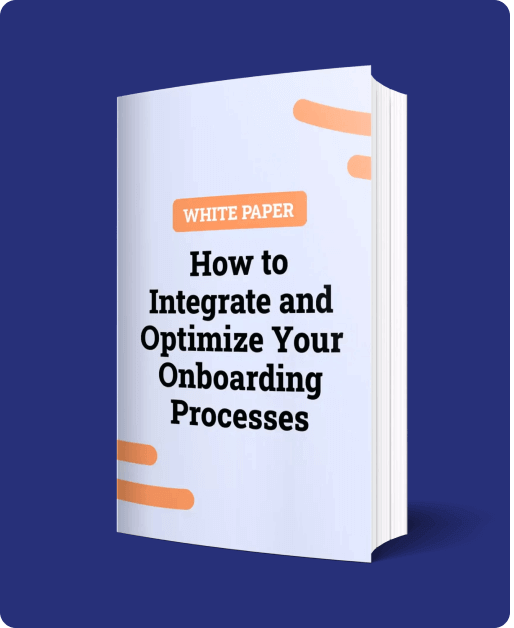
How to Integrate and Optimize your Onboarding Processes
In this ebook "How to integrate and optimize your onboarding processes", we give you everything you need to understand and implement the three most important types of training.

